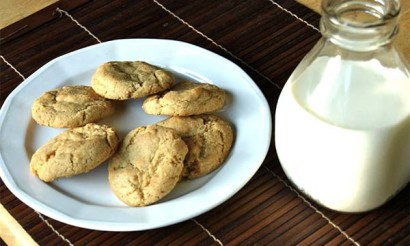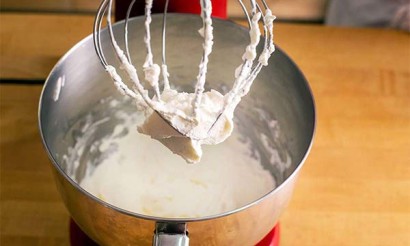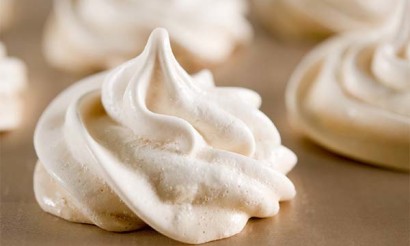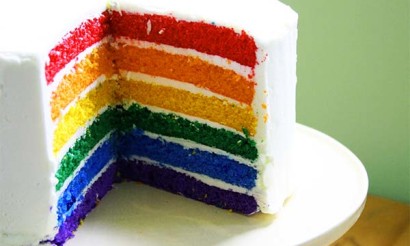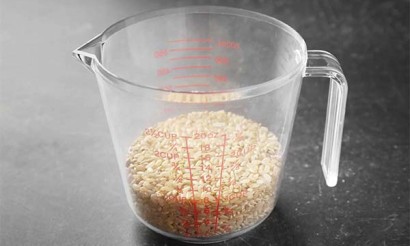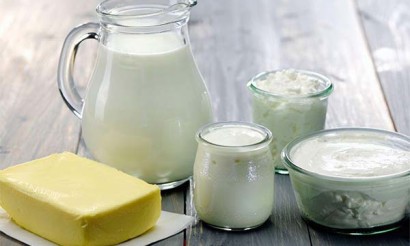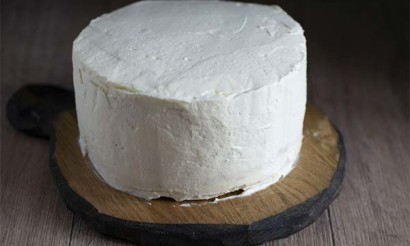What to do if the custard is sloppy?
Many pastries simply can not be imagined without custard. It is he who gives the atmosphere of the holiday and the amazing taste. Most cake makers prioritize custard. It is not as greasy as buttercream, not as fussy as whipped cream or whipped cream. With a little practice, this kind is always made quickly and turns out great. Even if it is runny, it is easy to bring it to the right consistency.
A classic recipe for custard
The cooking process is quite simple. Depending on the consistency and level of sweetness, the custard can be used for dipping, decorating or as a base for desserts.
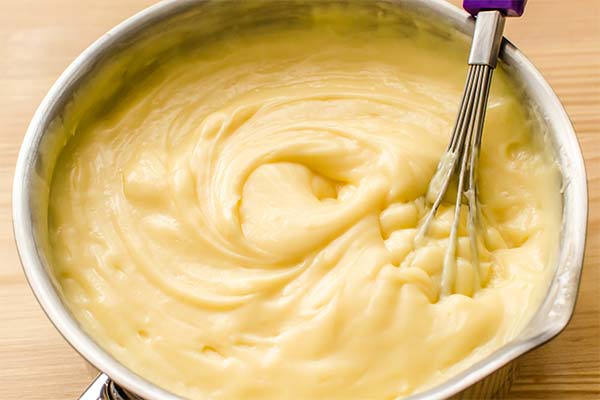
For 0.5 liters of milk you will need:
- 2 eggs;
- 100 gr. butter;
- 5 gr. vanillin;
- 60 gr. flour;
- 200 gr. sugar.
In a small saucepan with a thick bottom mix the flour, sugar, vanillin and eggs. They are thoroughly grinded into a homogeneous mass. Then cooled milk is poured in a thin stream and stirred again. On a small fire, the mixture is brought to a boil, stirring continuously. As soon as it reaches the desired consistency in terms of thickness, take the pot off the stove, add butter and stir again. To avoid the formation of a rough crust on the surface, cover the cream with clingfilm so that it lies tightly on the surface of the mass. Then leave the pan until the contents cool completely. After that, the cream is ready for use.
How to understand if the cream is not thick enough
There is a simple test - scoop some on a spoon and tilt it. The right kind of thickness is an almost still mass, moving lazily toward the edge. If it drains, you need to tweak it a little by one of the more popular methods. On the other hand, some desserts don't need the classic consistency, but a more delicate and pourable consistency, so it's better to be guided by what the custard is intended for.
Why does the custard turn out sloppy?
Most likely, the problem is the wrong ratio of ingredients. If there is too much milk, you get a pourable mass. Much less often it's the flour - or rather, its low quality. For making confectionery take only the highest grade of fine grinding, it is necessary to pay attention to the expiration date. If when you open the packet you smell musty or musty, then you should not use such a product. And another reason for too liquid custard - not cooked.
How to make custard thick
The recipe includes 2 components that provide thickening of the mixture. These are eggs and flour. When heated, they both bind the liquid elements. In one case, the mixture is cooked first on the table and then put on the stove. There is a variant, where the milk is first heated, and already in it the whipped part of the ingredients is put. In both cases, the mass should thicken even before boiling. If you want to change the thickness, it is more convenient to do it while the cream is still on the stove. You can choose either method.
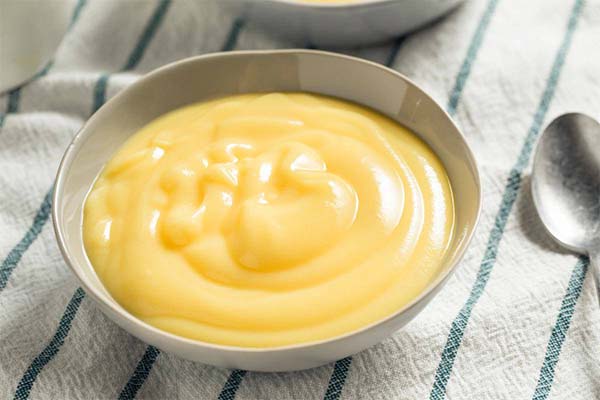
- Flour. The most affordable and virtually win-win option. You just need to dilute the required amount in cold milk and pour a thin stream into the boiling mass, stirring intensely with a wooden spatula.
- Sugar syrup. You should dissolve 30-50 grams of sugar in 30 ml. of water, boil it till the necessary consistency and add it to the ready cream. When it cools it will thicken.
- Gelatin. It is prepared in advance, for half a liter of cream take 10 grams of gelatin and 50 ml. water. It can be replaced with milk. After dissolving it in a water bath cool it and pour thinly into the cream mixture. For the mass to be homogeneous, the temperature of mixtures should be the same.
- Starch. Diluted in water, gently pour into the cream. The cream should be beaten with a mixer on low speed to avoid the formation of layers.
- Mix of egg and starch. In critical cases, when the custard is very watery. For 2 eggs you will need 3 spoons of cornstarch for the same amount of water. The eggs are beaten to a froth and added to the rest of the ingredients. The mixture is kneaded until homogeneous and poured into the pre-boiling cream.
To get a guaranteed good result, the milk and butter should be high-fat, without adding vegetable ingredients. To substitute granulated sugar for powdered sugar, consider that the same weight is taken, not volume. Compliance with the recipe and quality ingredients will be the key to a delicious custard of the right thickness.
«Important: All information on the site is provided solely for introductory for educational purposes only. Before applying any recommendations, consult with a professional specialist. Neither the editors nor the authors shall be held liable for any possible harm caused by materials."

